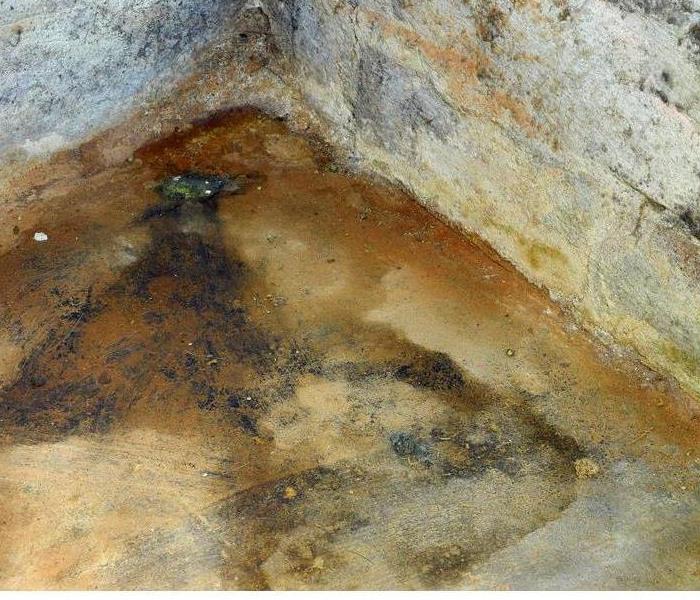Slippery, Sticky Lawn Slime
5/12/2018 (Permalink)
Sometimes after a pleasant period of rain during a lovely time of year in Hollywood, CA the pastures, lawns, and mulched areas of the yard may suddenly appear to have foamy, stringy, or slimy spots. Some consider this slime a mold while others swear it is a fungus, but one thing for sure is how unsightly it is. Clumpy or stringy, the sticky, jelly-like substance can cling to any nearby surface, covering it in lawn slime.
Evolution
Some experts postulate that molds and fungi began their existence as long as a billion years ago. The various types of mold include many shapes and hues:
• Grey-black clusters of Physarum cinereum
• Yellowish cushions of Fuligo septica
• Crumbly yellow masses of Mucilago crustacea
Having survived the long years without much evolutionary change, the strange blobs may now appear in a variety of colors such as yellow, orange, or green. The string-like or foam-based structures of lawn slime can cling to an individual blade of grass or cover a large patch of lawn, and can be difficult to remove.
Reproduction
The wet-looking globules are often short lived, with a life cycle of fewer than 72 hours. During that time, the spots can begin to harden into dull-colored, crusty masses. The reproductive cycle then begins anew as the crunchy splotch changes into a collection of nodules ready to break open and release millions of outdoor mold spores into the air.
Mold remediation experts suggest that one method the slime uses to travel unhindered is by attaching itself to mulch, which it can cover with spores waiting to attack the next unsuspecting nearby lawn. The spores can remain in stasis for many years, staying dormant until the next perfect wet period arrives.
Problem
Although the lawn slime may kill sections of the grass it invades, deterrents such as fungicides are not typically necessary. The stringy mass is usually a short-lived cosmetic problem for lawns that can be unsightly but not hazardous to humans. If the grass under the mold turns yellow, wait a few weeks for it to return to the lush green it once was after the slime is gone.
Visit http://www.SERVPROofnorthhollywood.com for more information on mold.






 24/7 Emergency Service
24/7 Emergency Service
